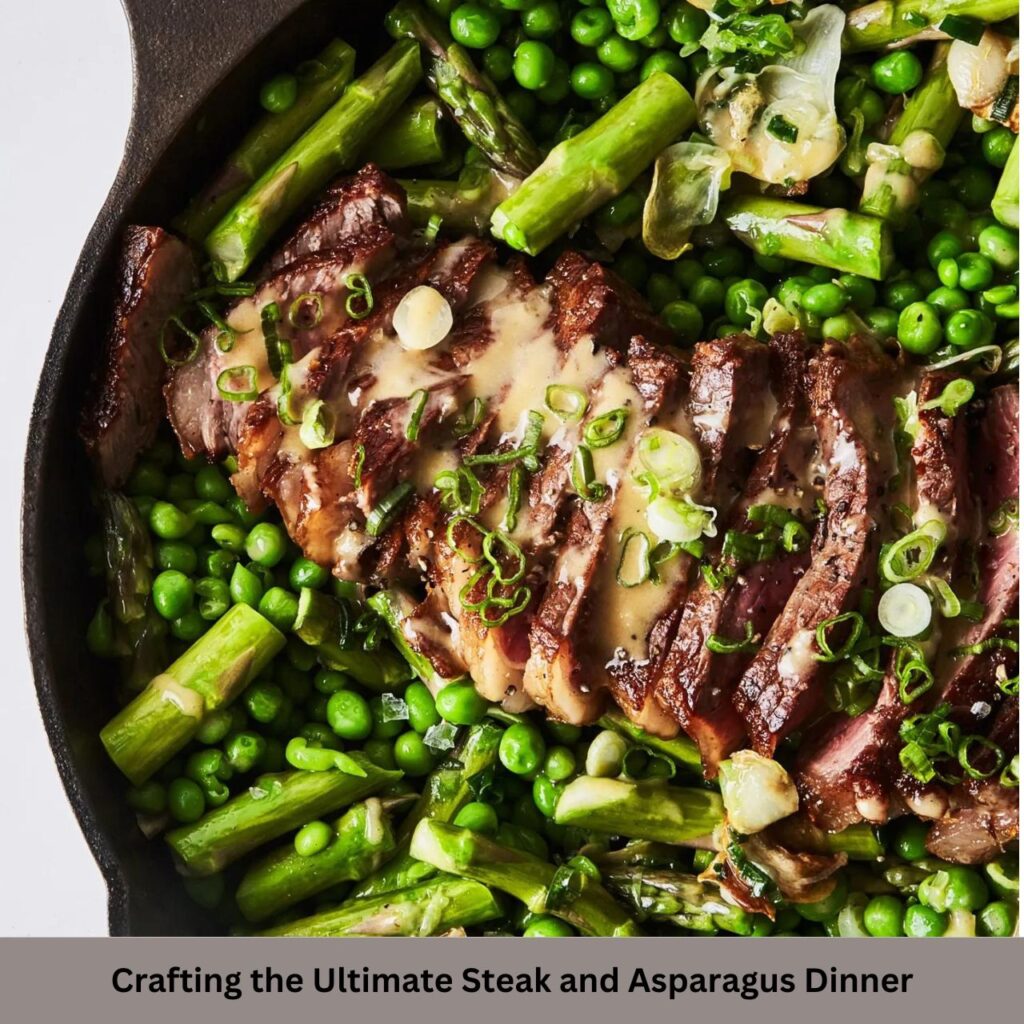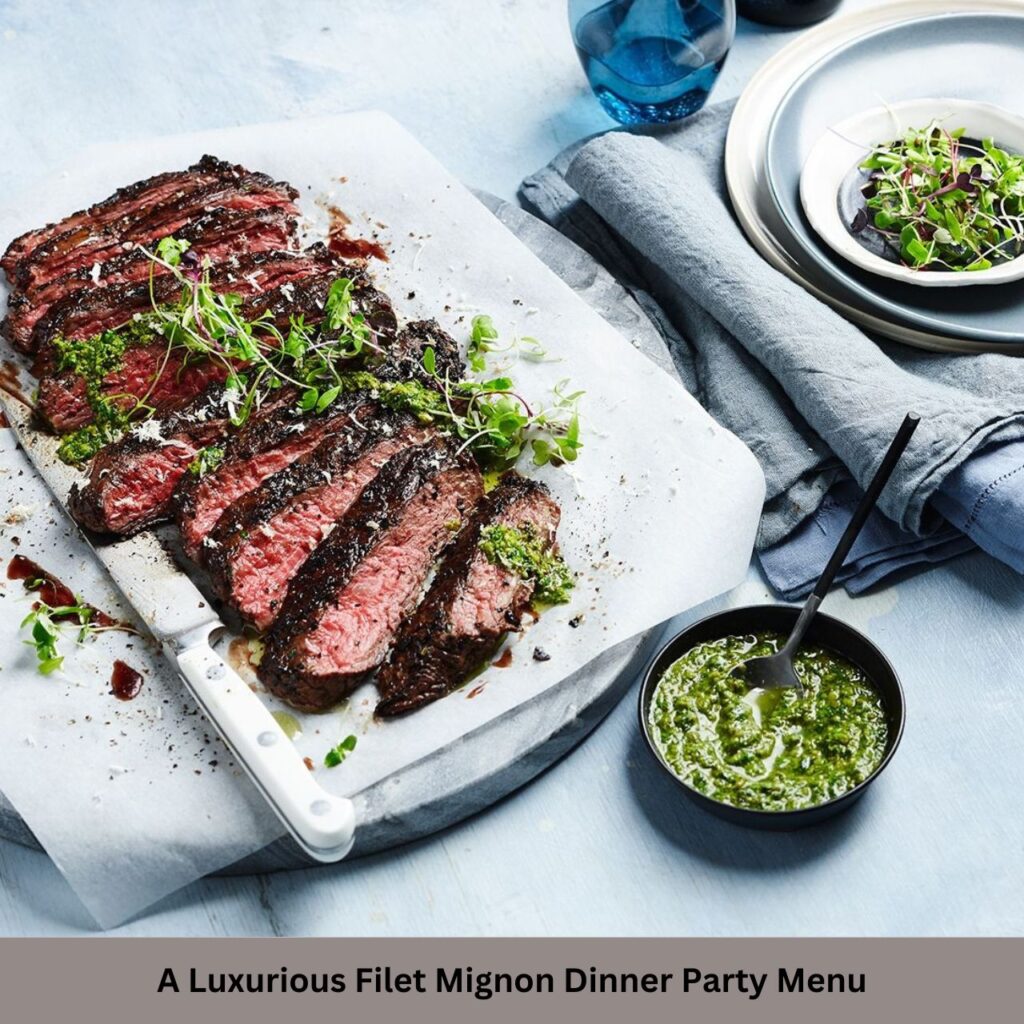Marble cookies are an exquisite blend of art and indulgence. They possess the visual allure of swirling chocolate and vanilla, perfectly intertwined to create a harmonious balance between appearance and taste. These cookies are not only delicious but also mesmerizing to look at, making them a favorite among bakers who enjoy creating treats that are both flavorful and aesthetically pleasing. The process of making marble cookies involves a delicate dance of mixing and swirling dough to achieve the desired marbled effect. For the home baker, mastering marble cookies can seem daunting, but with the right guidance, anyone can bake them like a professional. In this article, we’ll delve into every aspect of baking marble cookies, from the ingredients to the intricate techniques, ensuring your next batch comes out flawless.
What Makes Marble Cookies Unique?
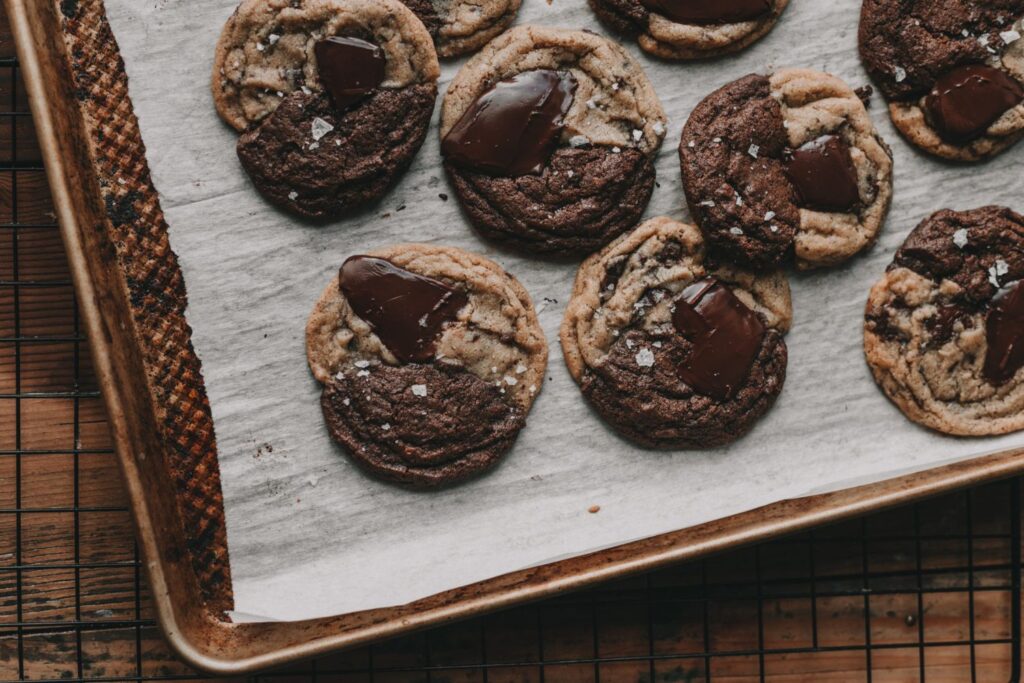
Sets marble cookies apart from other baked goods is their distinct visual and textural contrast. Unlike simple cookies where uniformity is key, marble cookies embrace irregularity. The swirling patterns of dark chocolate and light dough are not only appealing to the eye but also offer a surprising bite that shifts between deep cocoa richness and buttery sweetness. Each cookie is unique, offering a different mosaic of patterns, which makes the experience of baking—and eating—these cookies highly satisfying. This dual flavor profile also adds complexity to the palate, offering more than just a one-note taste. The combination of aesthetics and taste sets marble cookies apart, making them a delightful challenge for bakers aiming to create something more than just a standard cookie.
The Art of Swirling Dough: A Baker’s Dream
Swirling the dough for marble cookies is where artistry meets skill. Achieving the perfect marbled effect requires careful manipulation of the dough without overmixing. Overzealous swirling can cause the colors and flavors to blend too much, resulting in a muddy, unappetizing cookie. The key to mastering this technique lies in restraint. After dividing the dough and flavoring one portion with melted chocolate, you need to combine the two doughs gently. Use a spatula or your hands to fold the dough together a few times, ensuring that both colors remain distinct. This process may take practice, but the result is worth it—each cookie becomes a tiny work of art. The unpredictability of the swirl also adds an element of excitement, as no two cookies will look the same.
Essential Ingredients for Perfect Marble Cookies
Quality ingredients are the backbone of perfect marble cookies. Start with all-purpose flour, which provides structure to the dough. You’ll also need butter, preferably unsalted, to control the saltiness in your cookies. Sugar, both granulated and brown, adds sweetness and moisture. Eggs serve as the binding agent, giving the cookies their soft, chewy texture. Vanilla extract enhances the flavor profile, while a pinch of salt balances the sweetness. For the chocolate swirl, choose high-quality cocoa powder or melted chocolate, as this will significantly impact the taste and texture of the cookies. Remember, the simpler the ingredient list, the more important it is to invest in quality components.
Choosing The Right Chocolate For Marble Cookies
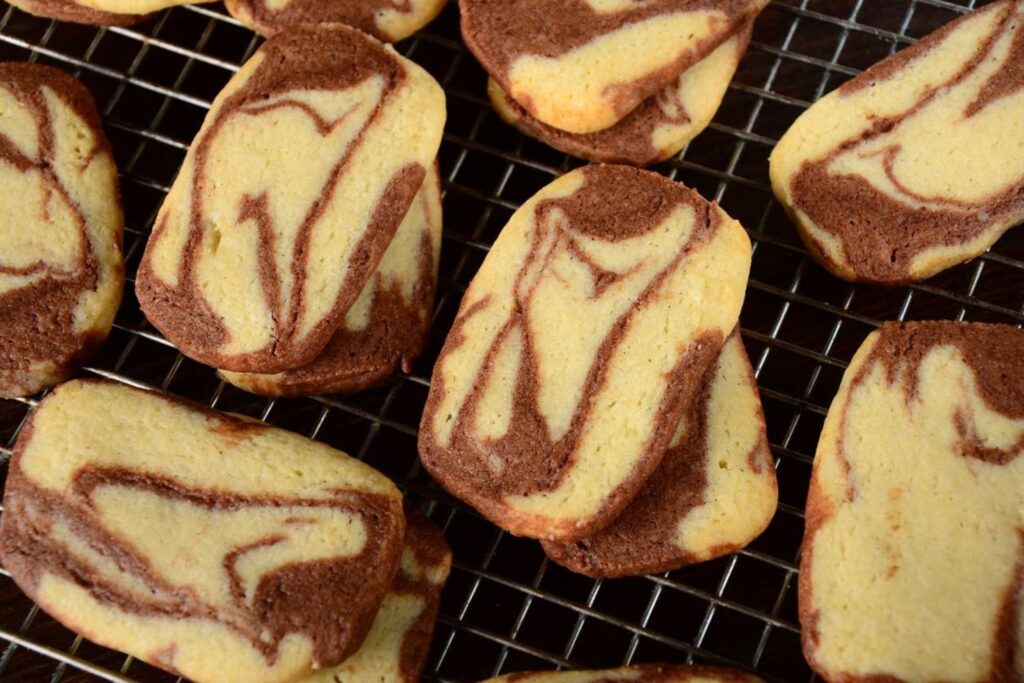
When it comes to choosing the chocolate for your marble cookies, not all options are created equal. Dark chocolate, with its rich, slightly bitter undertones, is ideal for creating a bold contrast against the sweetness of the vanilla dough. If you prefer a more subtle flavor, milk chocolate can also be used, though it will blend more with the overall sweetness of the cookie. Avoid chocolate chips, as they don’t melt as smoothly as chocolate bars. Instead, opt for high-quality baking chocolate that melts evenly and incorporates seamlessly into the dough. The percentage of cocoa in your chocolate also plays a role. For a pronounced chocolate flavor, choose a chocolate that has at least 60-70% cocoa content.
The Role of Butter in Achieving the Ideal Texture
Butter is an essential component in achieving the perfect texture for marble cookies. It not only adds flavor but also helps create that soft, chewy interior that’s characteristic of the best cookies. The fat in butter coats the proteins in flour, limiting gluten formation and resulting in a tender crumb. For optimal results, the butter should be softened but not melted. Melted butter will cause the cookies to spread too thin, while cold butter won’t incorporate properly into the dough. Using unsalted butter allows you to control the salt content of the dough, while the high-fat content ensures a rich, flavorful bite. Some bakers even prefer to use browned butter for an added nutty flavor that elevates the cookie’s complexity.
Key Baking Tools for Marble Cookie Success
While the ingredients are crucial, having the right tools can make or break your baking experience. A stand mixer or hand mixer is invaluable for creaming the butter and sugar together, creating an airy base for the dough. A cookie scoop ensures evenly sized cookies, which means consistent baking. Parchment paper or silicone baking mats prevent the cookies from sticking to the baking sheet and help distribute heat more evenly. A cooling rack is essential for allowing air to circulate the cookies once they come out of the oven, preventing sogginess. Lastly, a good quality, flat-edged spatula is useful for swirling the dough without overmixing, ensuring a distinct marbled pattern.
Mastering The Dough: Texture And Consistency
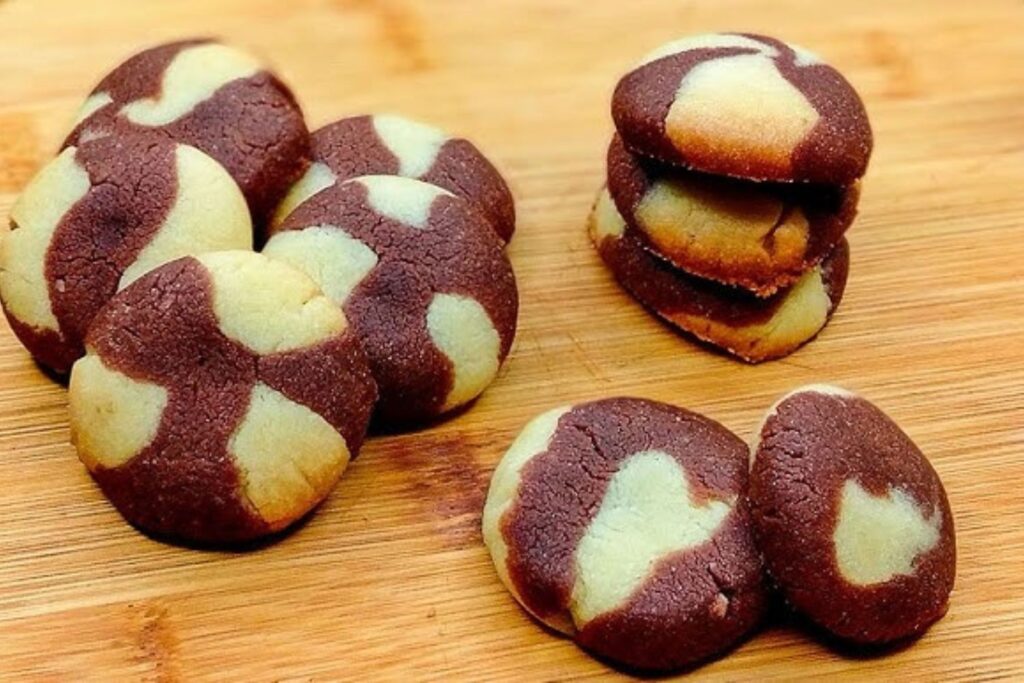
Crucial to creating perfect marble cookies by mastering the dough. The texture should be soft and pliable but firm enough to hold its shape during baking. If the dough is too soft, the cookies will spread too much, losing their shape and swirl. On the other hand, if the dough is too stiff, it can lead to dense, dry cookies. Achieving the right consistency starts with correctly measuring your ingredients, particularly the flour. Too much flour can result in a tough dough, while too little can make the cookies overly soft and difficult to work with. If the dough feels too sticky after mixing, chill it for 30 minutes to make it easier to handle.
Understanding the Science of Marble Cookie Baking
Baking is a science, and understanding the chemistry behind marble cookies can elevate your baking. The flour and butter create the structure, while sugar caramelizes in the oven, adding sweetness and a slight crispiness to the edges. Eggs act as emulsifiers, binding the dough together, while the baking soda or powder helps the cookies rise and creates a tender crumb. The marbling effect comes from the careful folding of the dough, allowing the two distinct flavors and textures to coexist without blending too much. Temperature also plays a crucial role: if the oven is too hot, the cookies will spread too quickly, while too low a temperature can result in undercooked centers.
How to Achieve the Perfect Cookie Swirl?
Achieving the perfect swirl is an art form. Begin by dividing the dough into two portions, flavoring one with chocolate. Next, gently fold the two doughs together—patience is key. Too much mixing will blur the line between chocolate and vanilla, resulting in a less defined swirl. Instead, use a spatula or your hands to fold the dough just a few times. For an added touch of finesse, you can roll the dough into a log and slice it into rounds, which will give you more control over the swirling pattern in each cookie.
Tips For Combining Flavors In Marble Cookies
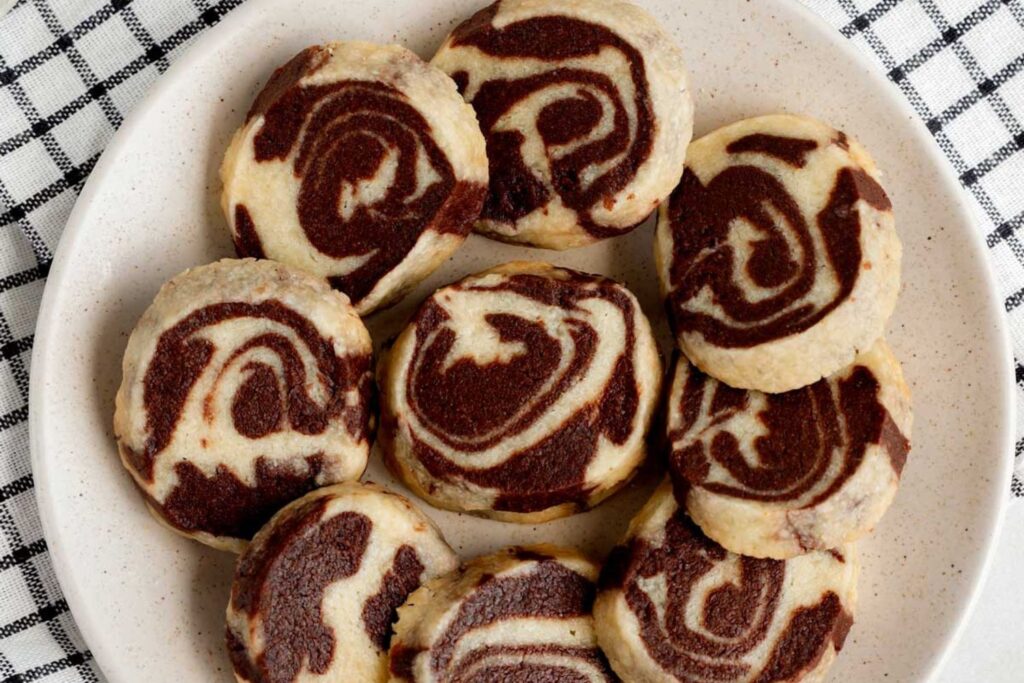
Marble cookies offer a wonderful canvas for combining flavors. While the classic combination of vanilla and chocolate is a crowd-pleaser, there are numerous ways to elevate these cookies. You can infuse the vanilla dough with a hint of almond extract for a nutty undertone or add a touch of espresso powder to the chocolate portion to enhance its depth. Citrus zest, such as orange or lemon, can also brighten the flavor profile and cut through the richness. For a more indulgent twist, consider mixing in chunks of caramel or peanut butter to create additional layers of flavor.
The Secret to Balancing Sweetness and Richness
Balancing sweetness and richness is essential in marble cookies. The vanilla dough brings sweetness, while the chocolate adds richness and a slightly bitter contrast. To achieve harmony, it’s important to control the sugar content in both doughs. Reducing the sugar slightly in the chocolate portion can allow the cocoa flavor to shine without becoming overpowering. Similarly, adding a pinch of salt to the dough can help balance the sweetness, creating a more complex and satisfying flavor. The goal is to create indulgent cookies without being cloyingly sweet.
Best Oven Settings for Marble Cookie Perfection
The oven temperature can make or break your marble cookies. For the best results, preheat your oven to 350°F (175°C). This temperature allows the cookies to spread evenly while ensuring the centers remain soft and chewy. If the temperature is too high, the cookies will spread too quickly, leading to thin, crispy edges and undercooked centers. Conversely, if the oven is too cool, the cookies may not bake evenly, resulting in a dense texture. It’s also crucial to rotate the baking sheet halfway through the baking time to ensure even heat distribution, especially if your oven has hot spots.
How Long Should You Bake Marble Cookies?
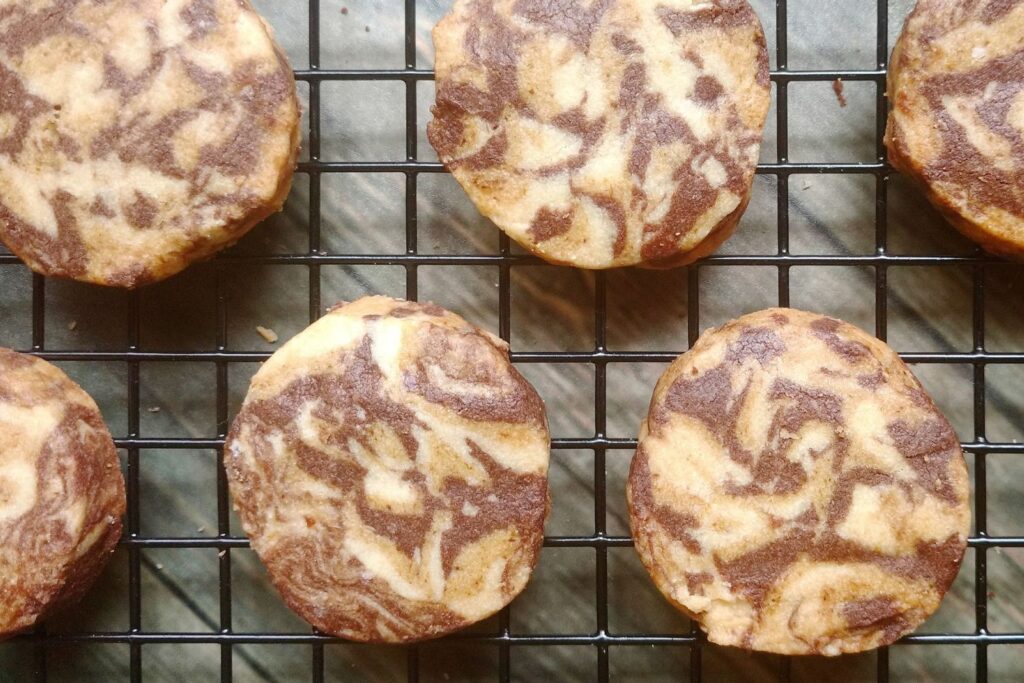
Baking time is another critical factor in achieving perfect marble cookies. Typically, these cookies should bake for 10-12 minutes, depending on their size and thickness. Keep an eye on them during the last few minutes of baking—you’re looking for lightly golden edges while the centers remain slightly soft. The cookies will continue to bake on the hot baking sheet after being removed from the oven, so it’s essential to take them out before they appear fully set. Overbaking can result in dry, crumbly cookies, while underbaking may leave the centers too gooey.
Common Mistakes to Avoid When Baking Marble Cookies
Even experienced bakers can make mistakes when baking marble cookies. One common error is overmixing the dough, which can lead to a blurred marbling effect and a dense, tough texture. Another mistake is using cold butter, which won’t cream properly with the sugar, resulting in uneven dough. Additionally, underestimating the importance of chilling the dough can lead to cookies that spread too much during baking. Lastly, not preheating the oven or setting it at the wrong temperature can ruin the batch, either by overbaking the cookies or leaving them undercooked.
The Cooling Process: Why It Matters
Cooling is a critical but often overlooked step in baking marble cookies. Once the cookies are removed from the oven, they need to sit on the baking sheet for 2-3 minutes to firm up. This allows the residual heat to finish baking the centers without overcooking the edges. After that, transfer the cookies to a cooling rack to prevent the bottoms from becoming soggy. Cooling also allows the flavors to settle, enhancing the overall taste. Rushing this step can result in cookies that break apart or have an underdeveloped flavor.
How To Store Marble Cookies For Freshness?
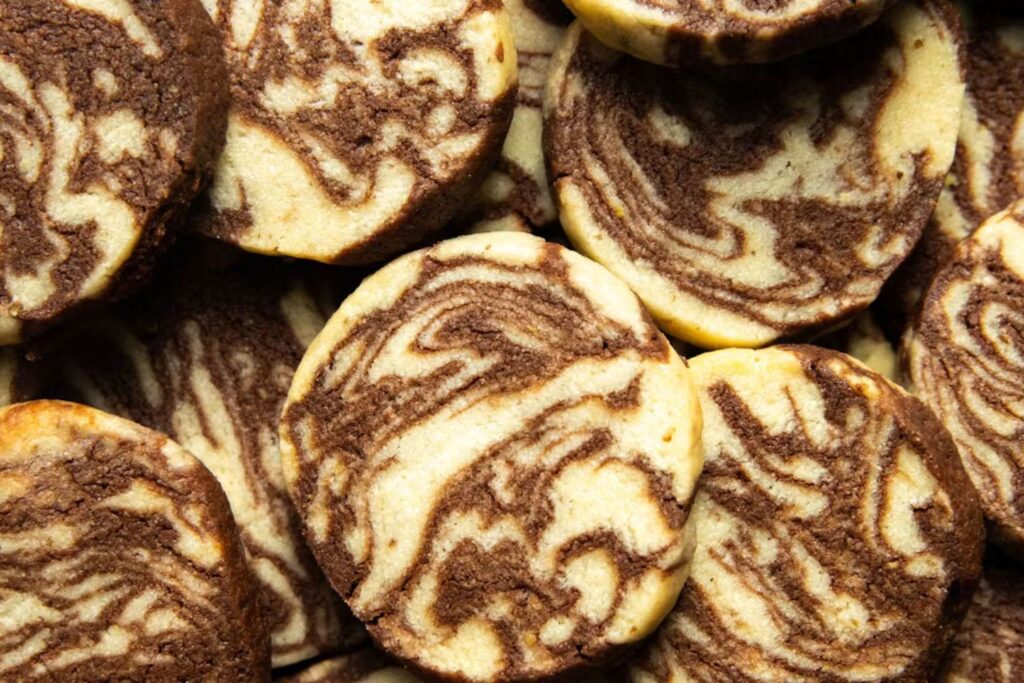
Proper storage is key to maintaining the freshness of your marble cookies. Once completely cooled, store them in an airtight container at room temperature. Layering the cookies with parchment paper can prevent them from sticking together. If you want to keep them fresh for a longer period, you can freeze the dough before baking or freeze the baked cookies for up to 3 months. When ready to eat, thaw them at room temperature or reheat them in a low oven to restore their softness.
Marble Cookie Recipe Variations You’ll Love
Marble cookies are highly versatile, lending themselves to various delicious adaptations. You can create a triple-chocolate version by adding white chocolate into the mix, or go for a peanut butter and chocolate swirl for a classic flavor pairing. For a festive twist, try adding peppermint extract and crushed candy canes during the holiday season. Other options include incorporating spices like cinnamon or nutmeg into the vanilla dough or using matcha powder for a green tea and chocolate swirl that adds a slightly earthy, aromatic note.
Creative Ways to Serve Marble Cookies
Marble cookies can be served in many imaginative ways. For an elegant dessert option, sandwich two cookies together with a layer of ganache or frosting in between. They can also be crumbled over ice cream for added texture and flavor. If you’re feeling extra indulgent, dip half of each cookie in melted chocolate and sprinkle with chopped nuts, adding a gourmet touch. Marble cookies also make excellent gifts, especially when wrapped in decorative boxes or jars. Their visual appeal makes them perfect for any occasion.
Adding A Gourmet Twist To Marble Cookies
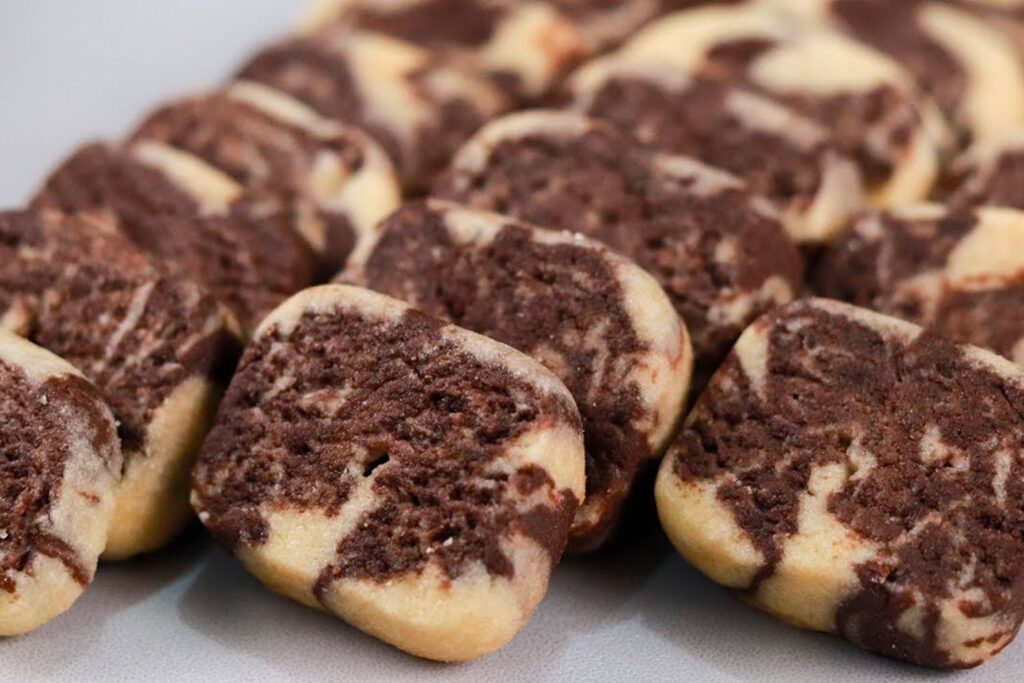
To elevate your marble cookies to gourmet status, consider adding unexpected ingredients or techniques. Incorporating brown butter instead of regular butter will impart a rich, nutty flavor, while a sprinkle of flaky sea salt on top can enhance the overall sweetness and create a more complex flavor profile. You could also experiment with different types of chocolate, such as bittersweet or even ruby chocolate, for an added level of sophistication. For a more textural contrast, try adding chopped nuts, toffee bits, or dried fruit into the dough.
How to Make Gluten-Free Marble Cookies?
Making gluten-free marble cookies is easier than you might think. Start by replacing the all-purpose flour with a high-quality gluten-free flour blend. Make sure the blend you choose contains a combination of rice flour, tapioca starch, and potato starch to mimic the structure that gluten provides. You may also need to add a binding agent, such as xanthan gum, to prevent the cookies from crumbling. Additionally, check that all your ingredients, especially chocolate, are certified gluten-free to avoid cross-contamination. With a few simple substitutions, you can create gluten-free marble cookies that are just as delicious as the original.
Troubleshooting Common Marble Cookie Problems
Baking marble cookies can sometimes be tricky, and issues may arise. If your cookies spread too much, it could be due to over-softened butter or too little flour. To fix this, chill the dough before baking or adjust the flour content slightly. If the cookies are too dense, you might have overmixed the dough, causing too much gluten formation. Flat cookies can also result from under-creaming the butter and sugar. Lastly, if the swirl effect isn’t as prominent, you may have overmixed the dough, so be gentle when combining the two flavors.
Decorating Marble Cookies For Special Occasions
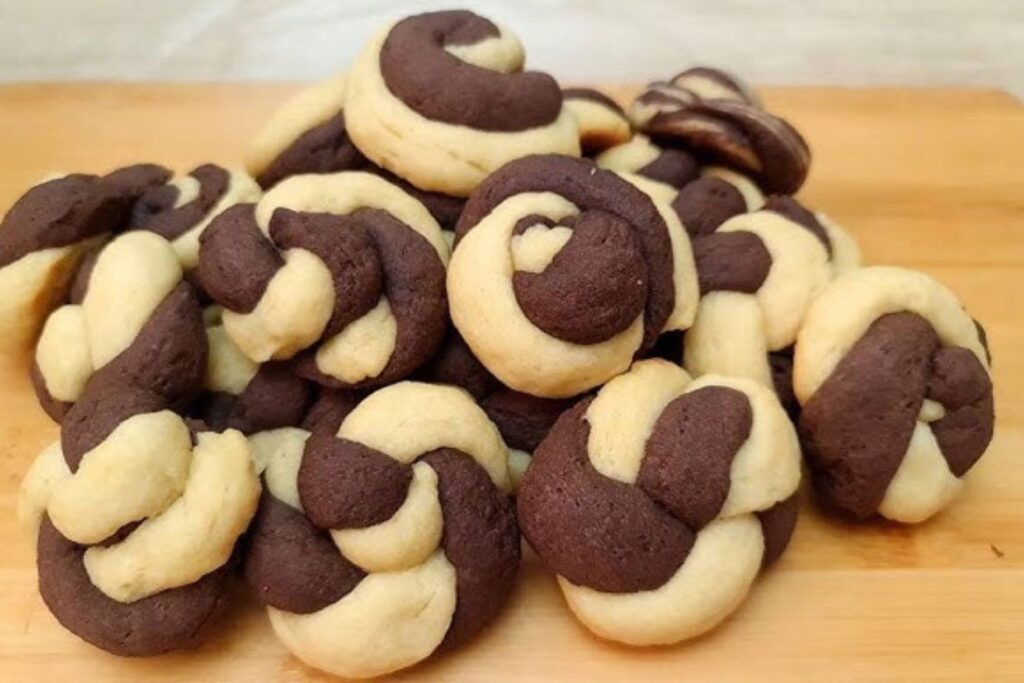
Marble cookie decoration for special occasions can add a personal and festive touch. For birthdays or holidays, you can drizzle icing over the cooled cookies in contrasting colors. Edible glitter, sprinkles, or even gold leaf can add a luxurious touch to formal gatherings. For themed events, use cookie cutters to shape the dough into stars, hearts, or other fun designs before swirling. Personalizing the decoration can make your marble cookies the highlight of any dessert table.
The History and Evolution of Marble Cookies
The concept of marble cookies likely evolved from traditional marbled cakes, which have been enjoyed for centuries across Europe. The practice of swirling vanilla and chocolate batters together was initially used to create a visually stunning dessert that combined two flavors into one cohesive bite. Over time, bakers adapted this method to cookies, taking advantage of the smaller size to enhance the artistic swirl in each piece. Marble cookies gained popularity in the mid-20th century as home baking became more widespread, with many families passing down their favorite recipes through generations.
Why Marble Cookies Are a Timeless Favorite?
Marble cookies have stood the test of time because they offer something for everyone. Their combination of rich chocolate and sweet vanilla appeals to a wide range of tastes, while their visual beauty makes them a treat for both the eyes and the palate. They strike the perfect balance between artistry and flavor, making them a popular choice for everything from casual snacking to special celebrations. Whether you’re a novice baker or an experienced pro, marble cookies never fail to impress, so they continue to be a timeless favorite in kitchens worldwide.
YouTube Video
Conclusion
Baking marble cookies like a pro is all about mastering the balance between flavor, texture, and visual appeal. By understanding the science behind the ingredients, perfecting your swirling technique. And experimenting with flavors, you can create cookies that are not only delicious but also beautiful. With patience and practice, anyone can achieve pro-level marble cookies, whether you’re baking for a special occasion or simply indulging in a sweet treat.

